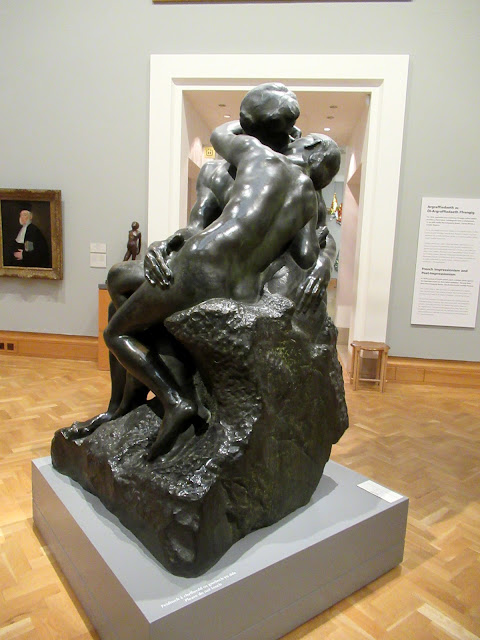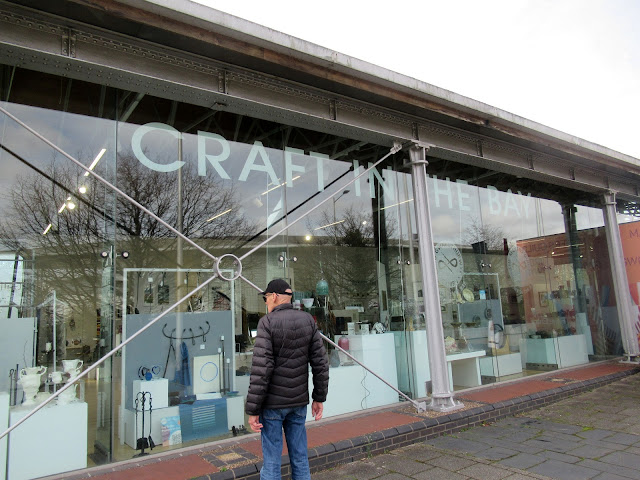European Art after 1900 in the National Museum, Cardiff.
By 1900 Impressionism had lost its revolutionary edge and began to be viewed as a safe, academic style. Artists rejected loose, impressionistic brushwork and even questioned the need to capture the visual appearance of the world.
The recognition that the formal qualities of a work (such as shape, line, texture and colour) could be important and expressive in their own right led to the development of abstract or non-representational art.
A little later a group of radical artists looked to unleash the power of the subconscious imagination. The Surrealist movement began in Paris in the 1920s and developed new artistic techniques to connect with dreams and the subconscious. Like the development of abstraction some ten years earlier, Surrealism's influence soon spread across Europe.
Andre Derain, The Church at Vers, 1912, (oil on canvas)
This landscape has been painted from a window in a knowingly naive, almost child-like way. Derain wanted to paint with honesty and directness. He found these qualities in the work of Cezanne and the 'primitive' painting of the early Italian Renaissance.
Gwen John, Girl in a Blue Dress, 1914-15, (oil on canvas)
Portraits of women are the most frequent subject of Gwen John's oil paintings. As here, they tend to place the subject in an extremely simple interior. They are frequently three-quarter length with the figure clasping her hands. John was born in Haverfordwest, Pembrokeshire, but spent most of her career living in France.

































































